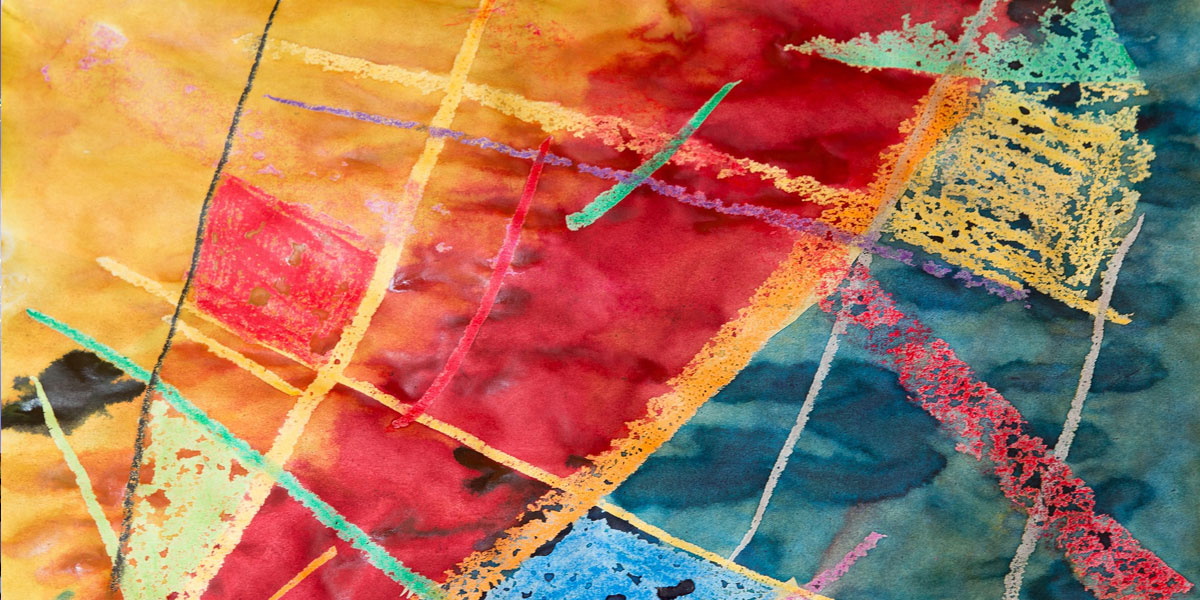The heart is the center of one’s existence and hence one wonders if it is synonymous with love. Love is the most sought-after need and greatest inspiration in our lives. Irrespective of what we love, it is a powerful force. It makes one fight, protect, sacrifice and even die for what we love.
Love exists when darkness, ignorance and imbalances are removed by cultivating a sort of inner light in the heart. This happens when we take interest in ourselves, our happiness and our development. When we take interest, it transforms into taking action to promote that interest. This automatically helps in practicing systematically and regularly to achieve that which we are interested in having or becoming.
Once we take up meditation on the heart with interest, this practice creates a vacuum. It is similar to a girlfriend thinking of her boyfriend. When this love is pure, there is a stir in the heart that creates a vacuum, and an action is triggered – a quiet remembrance, or a call, or an inspiration to make or buy a gift or write a letter, for example. Similarly, the ideal we set for ourselves when we meditate fills the vacuum created by the meditation. So, what we achieve by meditation is really what we aspire for. If the ideal brings about unhappiness and unsettled feelings, we are forced to look for another ideal. That is the essence of human life – searching, finding, researching and re-finding, until we find that thing that brings about a lasting equilibrium.
That eventual ideal is consistent with the natural qualities of the heart, that is, to find inner peace, harmony, love and more. That state may also be called as a state of real knowledge, devoid of darkness and ignorance. Hence, light is taken up as an idea to meditate upon. Light, in a metaphysical parlance, helps in removing our inner ignorance or darkness. Like a gentle candle can remove the dense darkness, a simple supposition of light in our heart to meditate upon will remove the inner darkness and reveal knowledge.
Once we experience the relief of the removal of a layer of ignorance, we want to be free of total ignorance by more fully adopting meditation on the Light. Once darkness, and hence ignorance, is removed, it automatically reveals or unearths the real mysteries of this noble heart.
Now coming to the quality of the Light: since we are taking it as its metaphysical meaning, is there a way to add an adjective to it and see if it helps further in our meditation?
When we suffer from ignorance, we are swinging from one emotion to the other. We are caught in duality, which inevitably leads to pleasure and pain, sadness and happiness. The equanimity needed to feel a sense of fulfillment and constant happiness is where there is no duality. When we partake in this non-dual state of being, we deal with all that life has to offer, with the right response and without being overwhelmed. This may be defined as a divine state. So, when we meditate on Divine Light in the heart, duality gives way to unity. Unity brings forth calmness, steadiness and a state of being in Love.
So, if we undertake such a meditation on the heart, supposing Divine Light is there, it leads to lovefulness!
Let us explore lovefulness.
Here is a relevant part of Wikipedia’s definition of love:
Love is “an emotion of strong affection and personal attachment”.
Love is also “a virtue representing all of human kindness, compassion, and affection”, as well as “the unselfish, loyal and benevolent concern for the good of another”.(http://www.merriam-webster.com/dictionary/love)
Love may also be described as actions towards others based on compassion or affection.
Love may be the most frequently spoken word. “It is a feeling,” some say. “Love is what love does,” others say, pointing to actions of care and concern in relationships and work. “Love what you do,” say others, focusing on the need to perform one’s duties and fulfill one’s responsibilities with grace and beauty. “Love causes pain,” one says who is afflicted by a negative experience of a mundane relationship. “Love is ennobling,” says another, affected positively by it.
Mahatma Gandhi wrote, “Where there is love, there is life.” So the love he is referring to is a life-giving force. The act of loving provides a vehicle for life to be born, protected, nurtured and given its creative force to manifest an image of its full potential (for lack of a better word, ‘God’). The Bible (Genesis 9:7) quotes God as saying, “Be fruitful and multiply.” I would interpret this as meaning to multiply that original life-giving love in all its glorious and various manifestations.
We have also come across saintly beings; they were in love with God, passionately searching for Him outside and within. This of course has been quite abstract for the scientific community, till mindfulness became very popular with scientific research backing its claims of focus, awareness and compassion and extending these qualities as divine qualities. This pushed the thinking towards a fusion of effectiveness and unselfishness: effectiveness in everything for the mundane and unselfishness in everything that seems to partake of the spiritual or inner dimension and one’s core well-being. Mindfulness compassionately talks about secularism and spirituality in the same breath, to draw our attention inwards. Spirituality deals with the spirit in human beings. That spirit is composed of the feeling of real love and real life.
Coming to this aspect of the inner dimension and love, let us discuss a bit about Self-Love. Eric Fromm, in The Art of Loving, proposed a re-evaluation of self-love in a positive sense, arguing that in order to be able to truly love another person, one needs first to love oneself, in the way of respecting oneself and knowing oneself, e.g. being realistic and honest about one’s strengths and weaknesses.
Deborah Khoshaba, a Clinical Psychologist and Director of Training and Development for the Hardiness Institute in Irvine, California, wrote the following:
“Self-love is a state of appreciation for oneself that grows from actions that support our physical, psychological and spiritual growth. Self-love is dynamic; it grows by actions that mature us. When we act in ways that expand self-love in us, we begin to accept much better our weaknesses as well as our strengths, have less need to explain away our shortcomings, have compassion for ourselves as human beings struggling to find personal meaning, are more centered in our life purpose and values, and expect living fulfillment through our own efforts.”[1]
So, where in the human being does this love emanate from? From one’s heart, perhaps. So, when we engage in Heartfulness, does it mean Lovefulness? Only when love is pure will it have the best possible outcome for all. Would that pure love be unconditional and hence universal love? In that state, that pure love would weave all our hearts towards a common destiny! What would that be?
[1]Deborah Khoshaba, Psy.D., “A Seven-Step Prescription for Self-Love.” Psychology Today, March 27, 2012. https://www.psychologytoday.com/blog/get-hardy/201203/seven-step-prescription-self-love.






